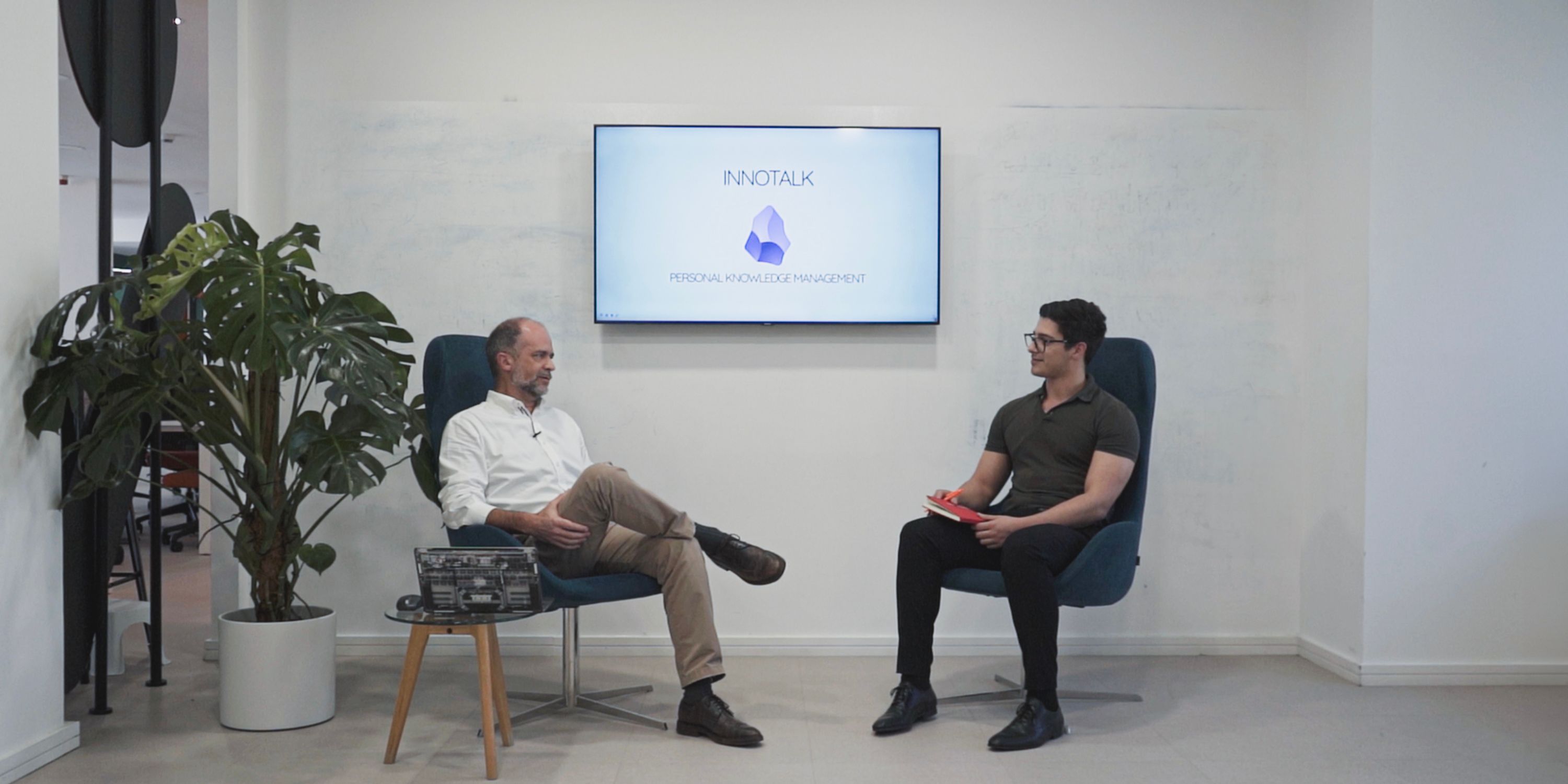Centralization, agility, cost-effectiveness, collaboration, security and accessibility as keywords.
It has been around for some time now, but do you really know how does cloud computing work and are you aware of the magnitude of its value? Although this is not new, there are still some doubts, especially for non-technicians. Also, it evolves at the speed of light and every day something innovative and cloud-powered appears on the market. In the next lines, we seek to demystify the concept and pave the way for the main issues that usually arise.
Cloud computing solutions have been gaining prominence all over the world and it won’t stop rising. After all, it has democratized access to what before was only accessible to big corporations – thanks to the pay-as-you-go approach. And it’s what enables everyone to do everything from anywhere. If it’s in the cloud, there are no limits, no boundaries.
According to Research and Markets, the cloud services market will reach 927,$51 billion in 2027. The same is to say that an annual expansion rate of 16.4% is expected until then. The most important factor that is driving the growth is cost-effectiveness. The other one includes all the functional capabilities which boost up business performance and reach, and employees’ productivity and freedom.
What is cloud computing?
Simply put, cloud computing is a set of technologies that allow the remote use of computing resources through Internet connectivity. It is basically the delivery of servers, storage, databases, networking, software, analytics, and intelligence over the Internet (the cloud) to offer faster innovation, flexible resources and increased agility. By paying only for cloud services effectively used, helps lower operating costs, run the infrastructure more efficiently, and evolve at the speed of the business.
How does cloud computing work?
Cloud computing and associated technologies use a network layer to interconnect users’ peripheral devices, such as computers, smartphones, or laptops, to resources centralized in the data center. To understand how does cloud computing works, it can be divided into front-end and backend. The front-end allows users to access anything stored in the cloud through an internet browser or cloud computing software. The backend comprises what we mentioned above: servers, storage, databases, networking, software, analytics, and intelligence. And, of course, what’s needed to ensure data security and recovery.
Amazon, Microsoft and Google are the three main players selling the rights to use their clouds and store on their networks, while also offering the end-user an ecosystem for devices and programs communication.
There are four delivery models available:
- Infrastructure as a Service (Iaas): with IaaS, you rent IT infrastructure like servers, virtual machines, storage, networks and operating systems from a cloud provider on-demand. Reducing maintenance of on-premises data centers and saving money on hardware costs. IaaS solutions give the flexibility to scale IT resources up and down according to the needs at each moment. They also help to quickly provision new apps and increase the infrastructure’s reliability.
- Platform as a Service (Paas): with PaaS, you get an on-demand environment for developing, testing, delivering, and managing applications. It is designed to make it easier to quickly create web or mobile apps, without worrying about setting up or managing the underlying infrastructure.
- Software as a Service (Saas): with SaaS, you can deliver and subscribe to applications over the Internet. Cloud providers host and manage them, and handle any maintenance, for instance, software upgrades and security patching. Users connect to the applications from their phone, tablet, or PC.
- Serverless computing: with serverless computing, you are able to focus on building app functionality without spending time managing the servers and infrastructure required to do so. The cloud provider handles the setup, capacity planning, and server management. It is highly scalable and event-driven, only using resources when a specific function or trigger occurs.
Also, you can decide from three cloud computing types, which means three different ways to deploy services: on a public cloud, private cloud, or hybrid cloud. The choice between each one of them should be based on factors such as cost, availability, control and performance. The public cloud comprises computational resources made available and owned by a third party to any company that wants to hire them. The customer is only responsible for what will be sent to the cloud and the cloud vendor takes care of the maintenance, security, and management of all resources. In the case of a private cloud, the resources are used exclusively by a single company that maintains the infrastructure in its domain and gives restricted access to the users. Finally, the hybrid cloud is characterized by a mix of the other two. We are talking about a service that combines the public cloud with private cloud features – data and applications can move between them, giving greater flexibility, deployment options and optimized security and compliance.
Among the many practical uses are cloud-native applications creation, on-demand software delivery, and data store, backup, recovery and analysis. With centralization, agility, cost-effectiveness, collaboration, security and accessibility as keywords.
Now that you know how does cloud computing work and what is behind the concept, it’s time for some action 🙂 Count on our experts to help you on this journey and make the most of it!
At InnoTech we can assist you on the best solution for your needs, we can provide top-of-the-game talents to enrich your projects, and we have two offerings in the “as a Service” model: cybersecurity solutions and crowd testing.
Let’s talk about your specific context and go further together.



